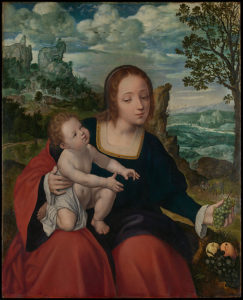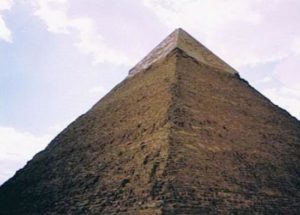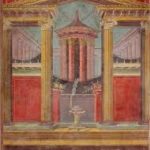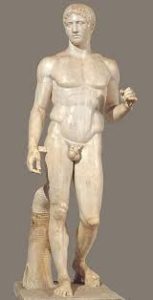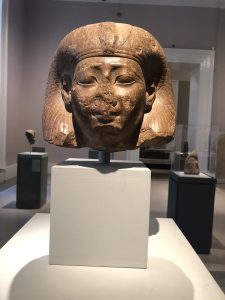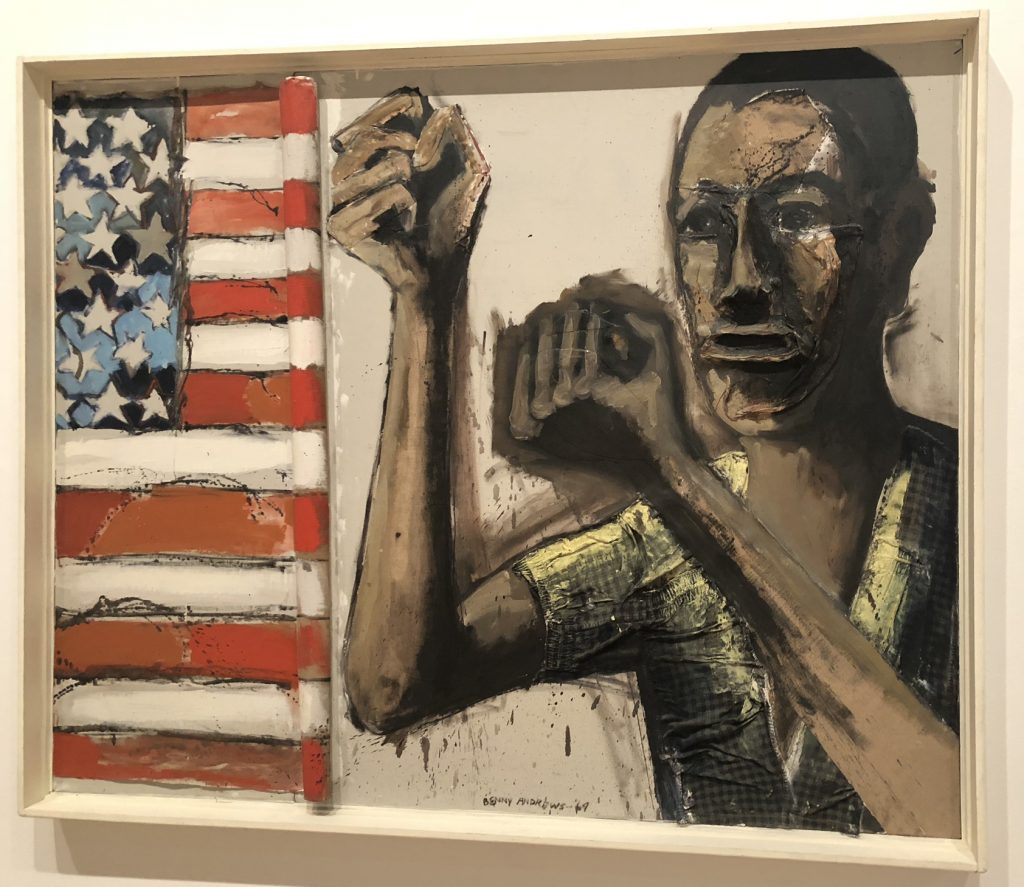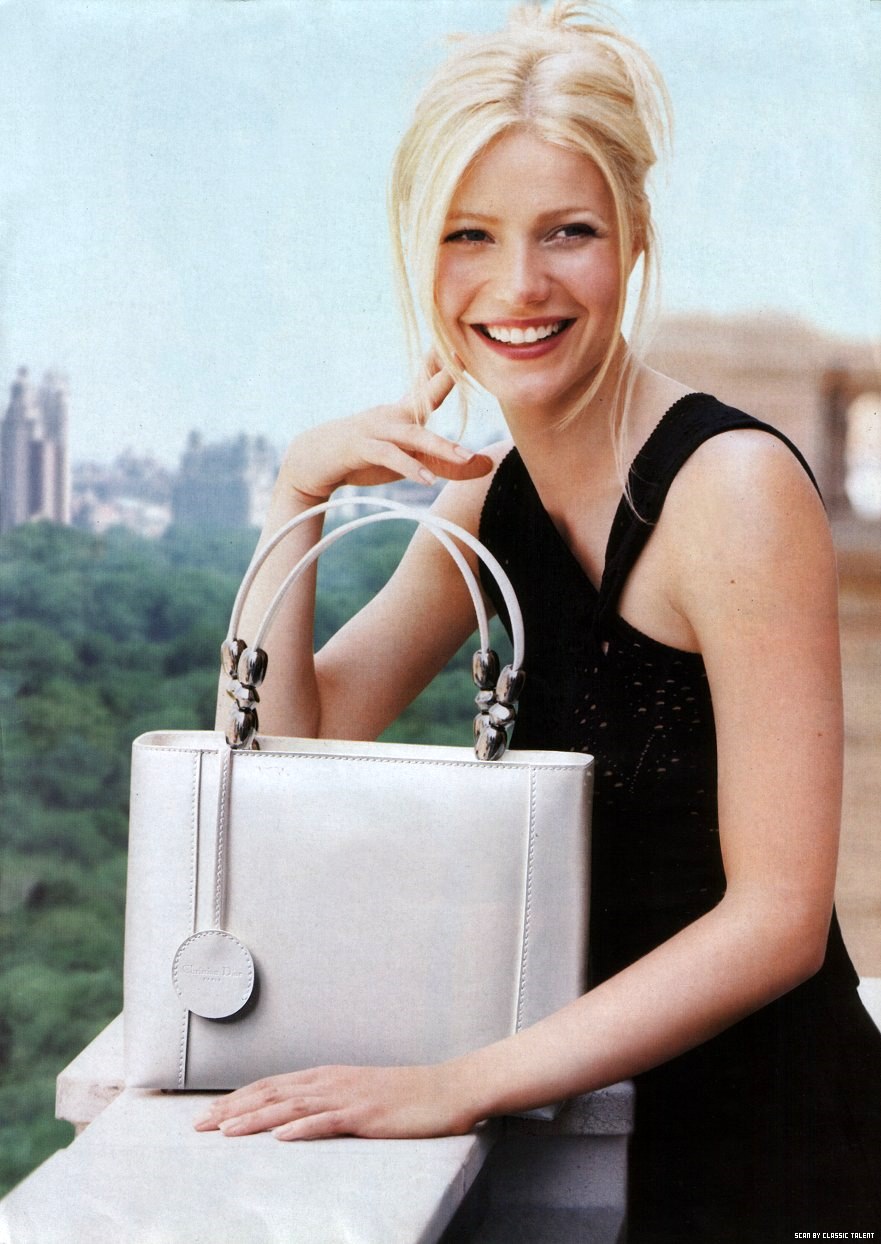Rachel Swed
Art 1010
Professor Shaw
Evolution of Art
Art has been the center of many great civilizations. We see this all the way from the Egyptian art till today. Art has changed greatly over time but its ability to portray emotion or tell a story has remained. Art has become the center of human creativity and has existed for thousands of years. But what impacted artist from civilization to civilization and how did art evolve into what it is today?

In ancient Egypt, art was used to teach or portray a story, mainly for religious teachings and common rituals. Examples of this can be the numerous painting, sculptures, and pieces of gods, pharaohs, and death masks. One example from the Brooklyn Museum is The Head of a Queen, which is dated back to 1400 BCE. As we discussed in class, ancient civilizations loved making art pieces that depicted their rulers to demonstrate their power and reverence. This artwork was chosen because it’s a great example to show how prominent the kingdom was in Egypt. Religion has played a major key in the arts successes from music to paintings particularly in this civilization.
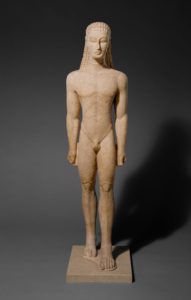
Contrarily, when looking at Greek and Roman art it incorporates humanism. Humanism’s main focus is on mankind, rather than divine or godlike matters. When looking at Greek and Roman art, we see large human sculptures like Kouros seen at the MET. This is a great example because the face, stomach, and legs of this sculpture are polished, glowing, and realistic, making it almost human. The sculpture also has robbed curls on its head, characteristic of Greek/Roman culture. The sculpture is standing on an angle, as if in motion making the figure seem alive. The nudity in this sculpture is a very common characteristic in Greek/Roman sculptures and painting which dates from the ancient time, continued during the whole timeline of art, was the presentation of their culture in everyday life. This shows how their cultures and confrontation with everyday life was shown in their artworks.

As we move out of ancient world arts and into a closer century, during the 19th century we see a slight shift to a different style of painting- landscape paintings which were very popular. Landscape paintings depicted the intense beauty of nature through the eyes of the artist. One famous artist Vincent van Gogh and his most prized work Starry Night seen at the MOMA is a great example of landscape art which is why I choose to use it. One major movement during this time was the Romantic movement which greatly popularized the interest of landscape art. Different art techniques were used and referred to as Impressionism and Post-Impressionism. Impressions strayed away from story-telling in their artworks and instead focused on drawing everyday life. Light and color were very important aspects in impressionist paintings.

In the 20th century, we still see movements affecting painting- one powerful one to begin with- the rights of colored people. This shows how art can be about what’s going on in society. The exhibit, soul of the nation has many artworks expressing the oppression faced by people of color. The artwork, Did The Bear Sit Under a Tree, by Benny Andrews, is a great example of the movement affecting blacks which is why I chose it. The painting caught my attention because of its honesty and rawness are seen by the aggressiveness of the lines and oil paint used. Furthermore, the rough texture symbolized the place he came from. From where he came, everything was rough – from the fabrics people used to the clothes they wore. That is why he chose to use a rough texture. The man in the painting looks like he is rolling away the American flag. His firmly straight face and fisted hand give him an angry appearance. The caption next to the picture states that this painting is a representation of a colored man during the civil rights movement “shaking his fist” at the flag which was supposed to protect him. In conclusion, I think that the painting successfully conveys the painter’s message. It clearly illustrates that the man is not happy with how the United States is treating colored people. This shows how art was used to portray what is affecting the people in the civilization.
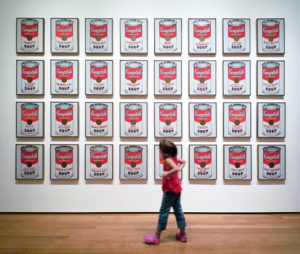
Lastly, when moving into the 20th century we see what is prominent in this century- consumer culture and mass media. This was seen through the new art movement- pop art. Andy Warhol “Campbell’s Soup Cans” is a prime example of this because it shows the mass produced product and it was advertised everywhere- so much so that Warhol used to drink it every day for 20 years! This thirty-two canvas painting represents the thirty-two soup flavors which were displayed on shelves together to look like grocery aisles at first. The bases of this kind of modern art is taking something which is not initially seen as art and makes us think about it in a different way. This art shows what was important then and now-mass production- and how it affected artworks of the 20th century.
Art has transformed over time to become even more complex, and its interpretations have changed as well. Today, good artworks give a different meaning to each individual person. Art can tell a story, depict a beautiful scene of nature, or convey humor. Art does not have to be specific or follow certain guidelines compared to art in the middle ages. If it weren’t to the inspiring individuals who shaped the development of art today, the diversity of artworks we have today wouldn’t exist. From movies to marketing and advertising, modern art is becoming more involved digitally while maintaining the physical beauty of what art is. Art shapes identities and impacts our society as a whole. Art helps creativity thrive and with the constant negativity in our continuing fast developing society, we need to embrace and support art now more than ever. Overall, we see how art changed from civilization to civilization based on what was prominent or important at that time. From ancient Egyptian which religion primed them to make their pieces to modern art where movements and mass media was a huge part of civilizations and impacted what was seen in the art at that time.
Work Cited Page:
Dr. Beth Harris and Dr. Steven Zucker, “Marble statue of a kouros (New York Kouros),” in Smarthistory, December 20, 2015, accessed December 9, 2018, https://smarthistory.org/marble-statue-of-a-kouros-new-york-kouros/.
Dr. Noelle Paulson “Vincent Van Gogh, The Starry Night.” Smarthistory, accessed December 14, 2018, smarthistory.org/van-gogh-the-starry-night/.
Gisela M. A. Richter. “The Greek Kouros in the Metropolitan Museum of Art.” The Journal of Hellenic Studies, vol. 53, 1933, pp. 51–53. JSTOR, JSTOR, www.jstor.org/stable/627245.
“MoMA Learning.” Lee Bontecou. Campbell’s Soup Cans. 1959 | MoMA, www.moma.org/learn/moma_learning/andy-warhol-campbells-soup-cans-1962/.
“The Fascinating Story behind Andy Warhol’s Soup Cans | Art | Agenda.” Phaidon, www.phaidon.com/agenda/art/articles/2013/february/22/the-fascinating-story-behind-andy-warhols-soup-cans


